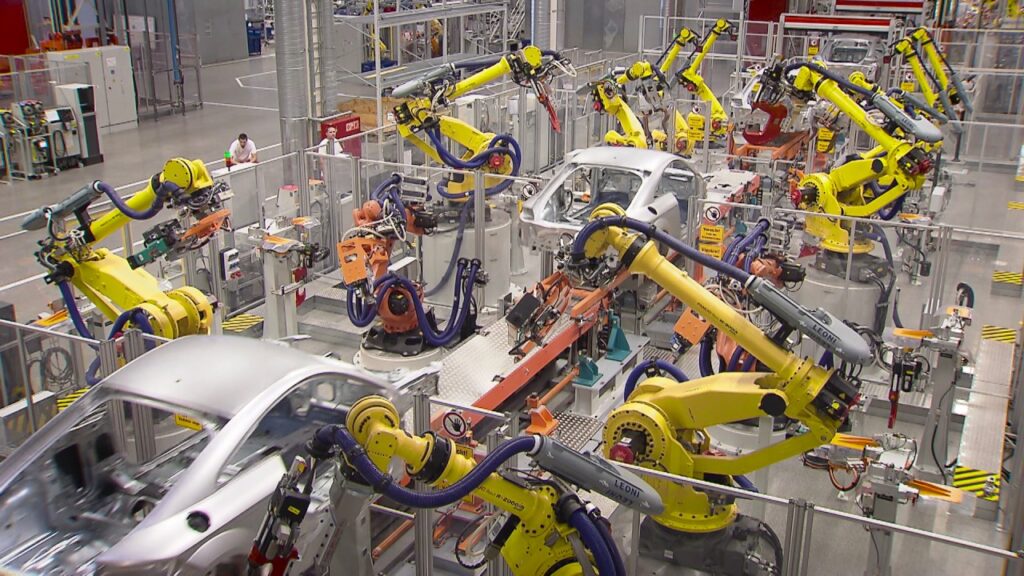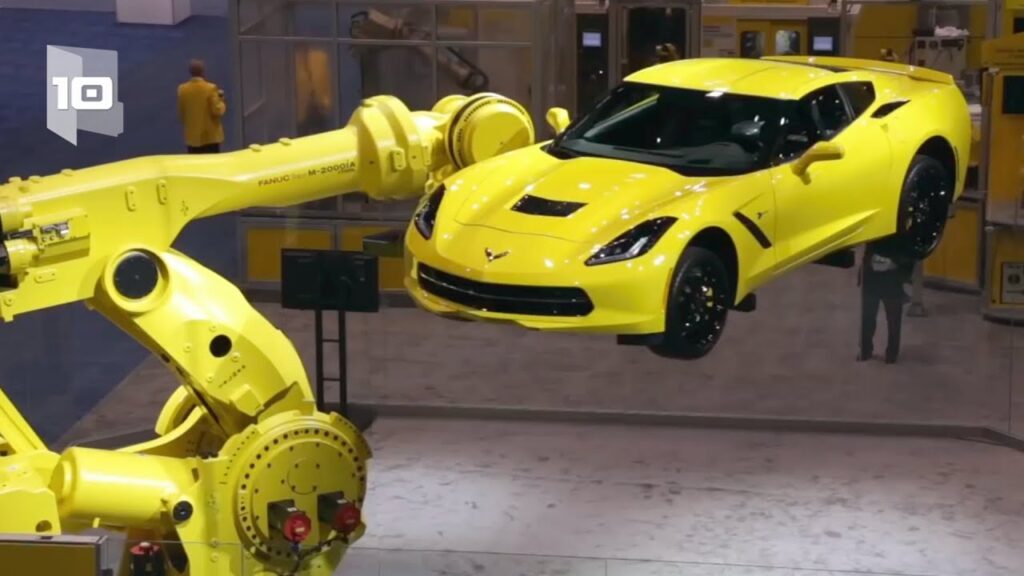Robotics and automation have revolutionized the industrial landscape, allowing for increased efficiency and productivity. The use of industrial robots has become commonplace in various applications, from assembly lines to hazardous environments. However, these robots need to be safeguarded to ensure the safety of workers and avoid accidents. This is where the TI mmWave sensors come into play, providing a reliable solution for industrial safety guards.
Industrial robots are used in a wide range of applications, including welding, painting, material handling, and assembly. These robots are typically faster, stronger, and more precise than their human counterparts, making them ideal for repetitive and dangerous tasks. However, their power and speed can pose a significant risk to workers if not properly contained and controlled.
Safety guards are essential components used to protect workers from the hazards of industrial robots. These guards act as a barrier between the robot and the human operator, preventing access to the hazardous areas and reducing the risk of accidents. Traditionally, safety guards have relied on physical barriers, such as fences and doors, to isolate the robot from the worker. While effective, these barriers can be cumbersome and limit the flexibility of the robot’s operation.
TI mmWave sensors offer a more advanced and versatile solution to industrial safety guards. These sensors utilize radar technology to detect objects and measure their distance and velocity accurately. By placing these sensors around the robot’s workspace, it becomes possible to create a virtual safety zone. If a human operator enters this zone, the sensors can trigger an immediate stop to the robot’s operation, preventing any potential harm.
One of the key advantages of using TI mmWave sensors for industrial safety guards is their ability to operate in challenging environments. These sensors are designed to withstand dust, dirt, vibrations, and extreme temperatures, making them suitable for industrial applications. Additionally, they have a wide field of view and can detect objects in three dimensions, providing a comprehensive coverage area for the safety guards.
The integration of TI mmWave sensors into industrial safety guards also offers flexibility and adaptability. These sensors can be easily configured to adjust the safety zone based on the specific requirements of the application. For example, in some cases, it might be necessary to reduce the safety zone to allow for closer human-robot interaction. With the mmWave sensors, this adjustment can be made without the need for physical reconfiguration of the safety guards.
In addition to their role in preventing accidents, TI mmWave sensors can also enhance the overall productivity of industrial robots. By accurately detecting the presence of humans in the safety zone, these sensors enable the robot to operate at maximum efficiency while ensuring worker safety. This eliminates the need for unnecessary downtime or reduced operating speeds, resulting in increased productivity and cost savings.
Furthermore, TI mmWave sensors can provide valuable data for process optimization and predictive maintenance. By continuously monitoring the robot’s environment, these sensors can detect any anomalies or potential issues, allowing for proactive maintenance and minimizing unplanned downtime. This data can also be used to identify areas of improvement in the robot’s operation, leading to increased efficiency and reduced cycle times.
In conclusion, industrial robots have revolutionized the manufacturing industry, but their power and speed pose a significant risk to workers. To ensure their safety, proper industrial safety guards are crucial. The introduction of TI mmWave sensors into these safety guards offers a more advanced and versatile solution. These sensors provide accurate and reliable detection of human presence, allowing for the creation of virtual safety zones. By integrating these sensors into industrial safety guards, workers can be protected while maximizing productivity and efficiency. With the continuous advancements in robotics and sensor technology, the future of industrial automation looks promising, with safety always at the forefront.
Industrial Robot
“Ensuring Robot Safety and Unveiling Industrial Robots’ Versatile Applications: A Comprehensive Overview”


